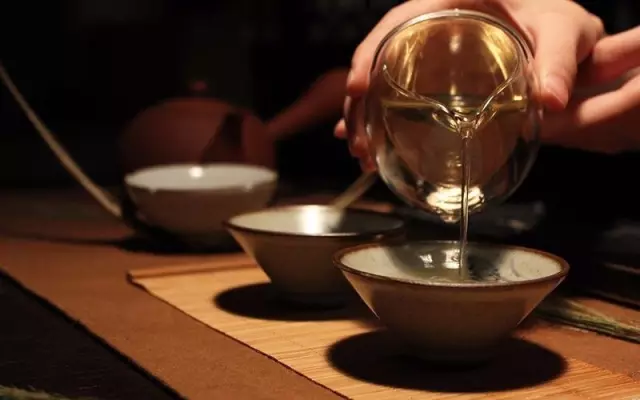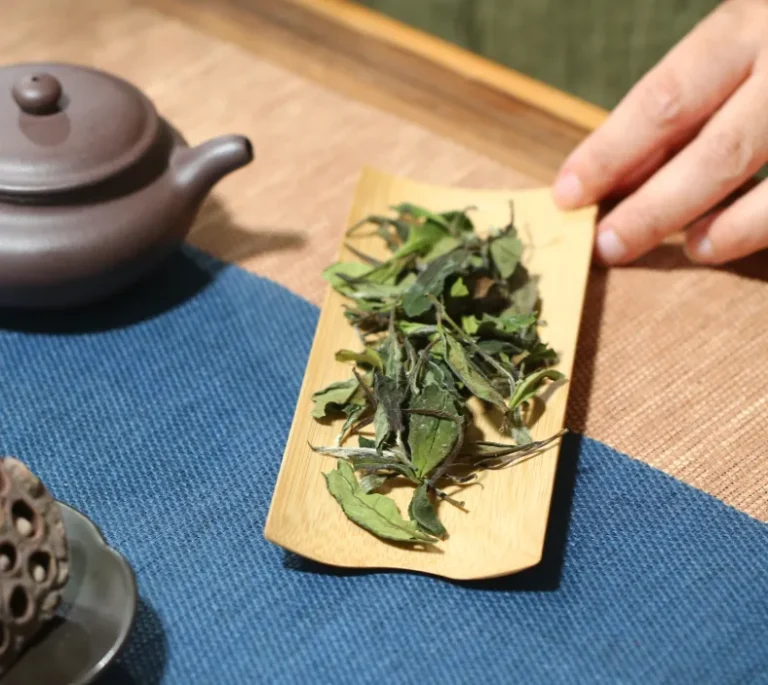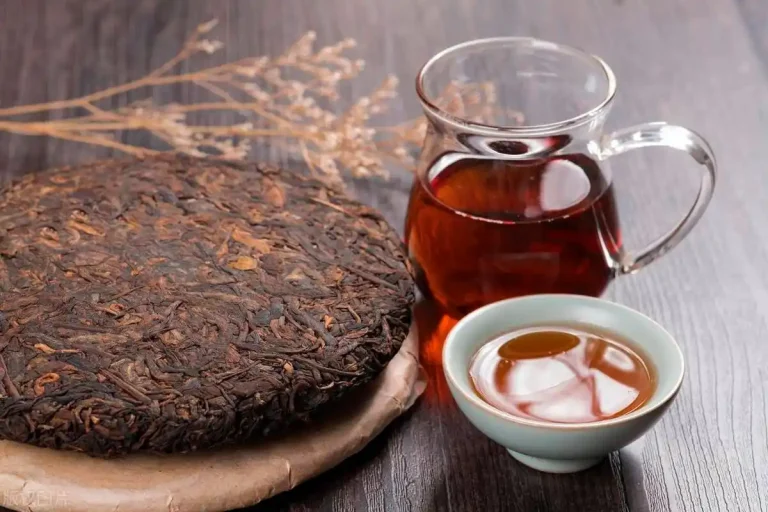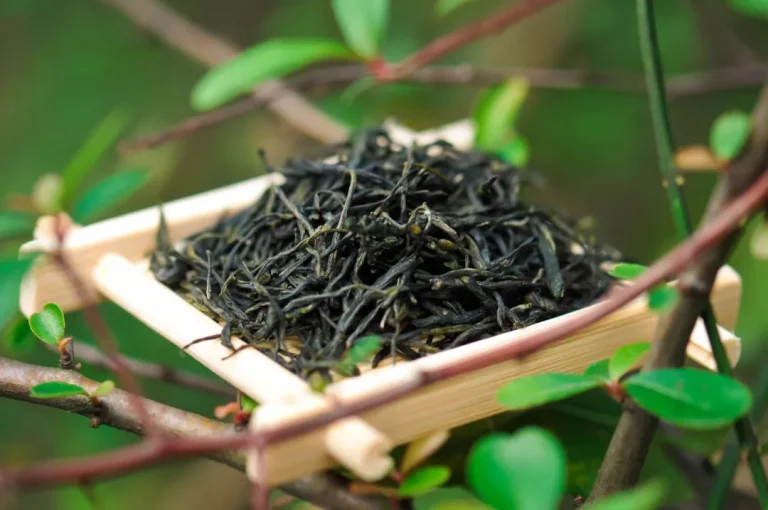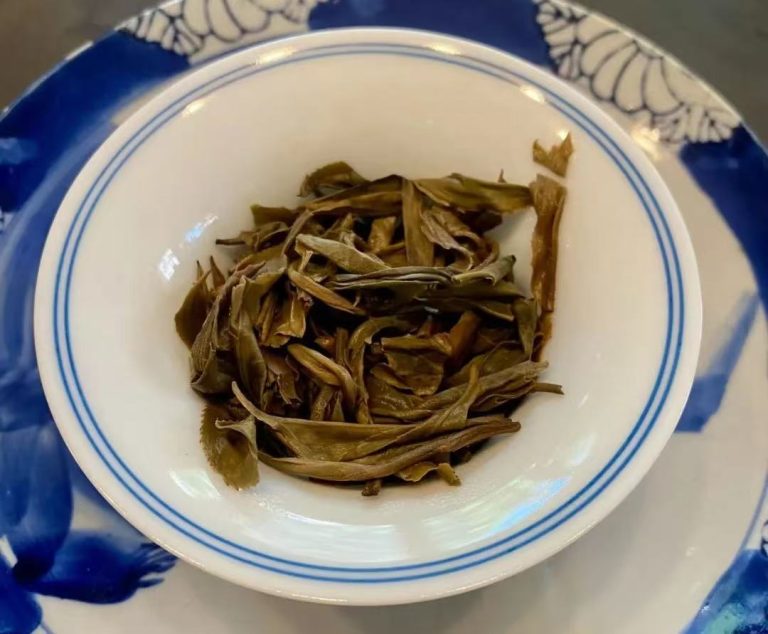Renowned for its unique flavors and health benefits, Pu’er tea comes in two main varieties: Raw and Ripe. This article delves into the differences between these types concerning processing, aroma, taste, and aging potential, aiding you in making an informed choice tailored to your preferences.
Puerh tea is divided into raw tea and ripe tea according to the different production processes, the difference in process makes the raw tea and ripe tea different in appearance, aroma, flavor, leaf bottom, etc. Therefore, many tea lovers who are new to Puerh tea often have the question, is it better to have raw tea or ripe tea? There is no absolute difference in quality between Puerh raw tea and ripe tea, the core difference lies in the process path and drinking suitability, rather than a simple distinction between good and bad.
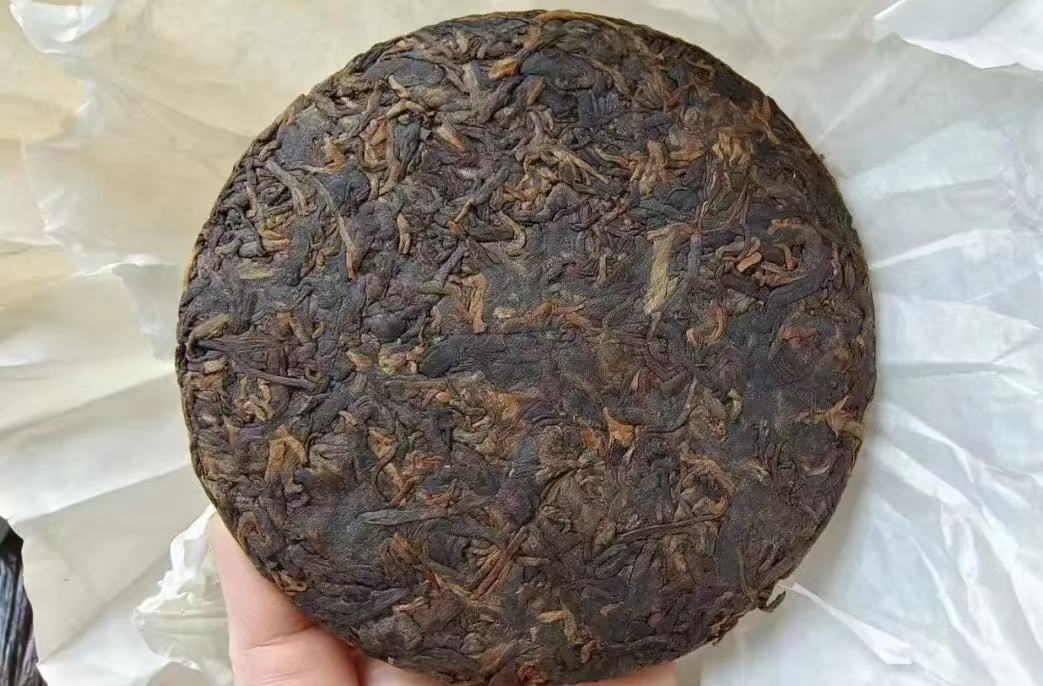
1, from the essence of the process, raw tea and ripe tea need to go through the killing, kneading, drying and other initial production links, the formation of the cornerstone of its quality is the key to the formation of the initial stage of the sunshine green process – this is to determine the potential for the transformation of tea core elements of the later stage of the tea, the two need to follow the basis of this specification. The core difference between the two lies in whether or not they have gone through Ottoman fermentation: raw tea maintains the natural state of the fresh leaves, and completes the quality evolution through natural aging; ripe tea accelerates the microbial transformation through the artificially regulated Ottoman process in a hot and humid environment. The so-called “raw tea is more resistant to storage, more original flavor” assertion lacks rigor, because the “the more it ages, the more fragrant” quality characteristics depend on the standardization of the initial production process, the stability of the storage environment (temperature and humidity, oxygen content, etc.) and the cumulative effect of the time dimension, the raw and ripe tea is more resistant to storage, more original flavor. Raw and ripe two types of tea in line with the premise of the storage conditions have the aging value, can not be generalized.
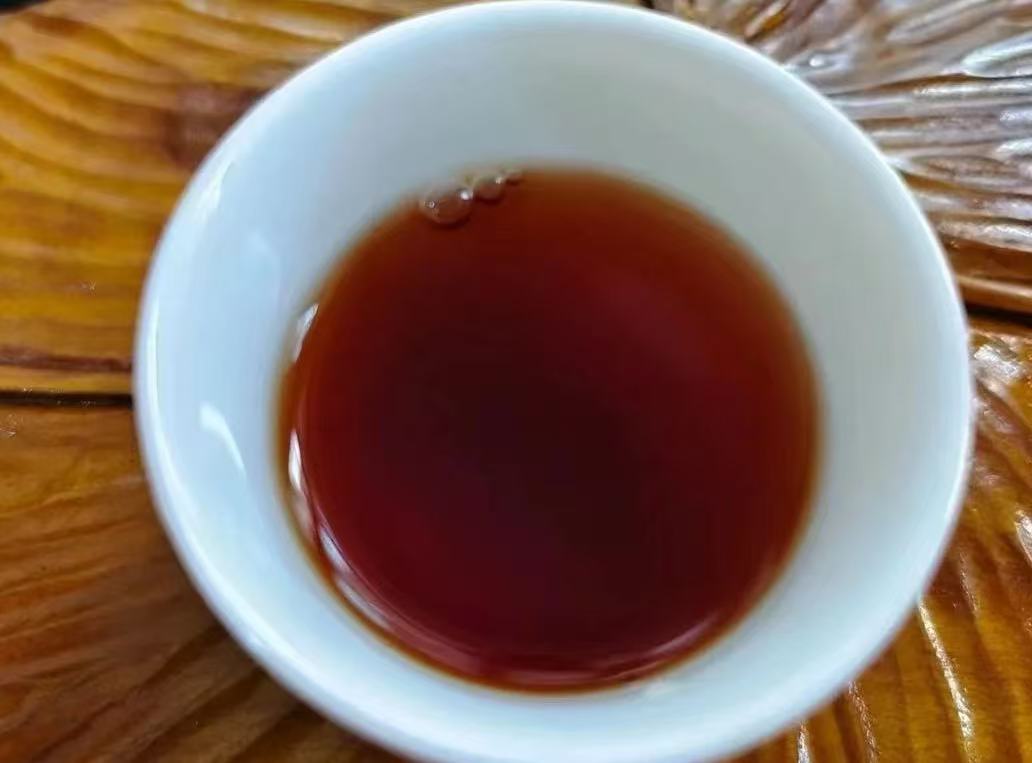
At the level of tasting value and health suitability, the two present significant personality differences. Raw tea is unfermented, the tea polyphenols, caffeine and other stimulating substances are retained intact, the tea is cold and fresh, the taste is fresh and strong, and the aroma is dominated by the aroma of flowers and fruits, and the aroma of green grass, and the quality characteristics are closer to unfermented tea, which is suitable for people with strong physique and high tolerance to drink for a long period of time. After ripened tea is fermented, the tea polyphenols are transformed into mild substances such as theobromine, which makes the tea mild, with a mellow and soft flavor, and the aroma shows fermented flavors such as Chenxiang and jujube, which is less stimulating to the gastrointestinal tract and is suitable for most of the physiques, especially for those with weaker functions of the spleen and stomach, or those who are suffering from gastric disorders.
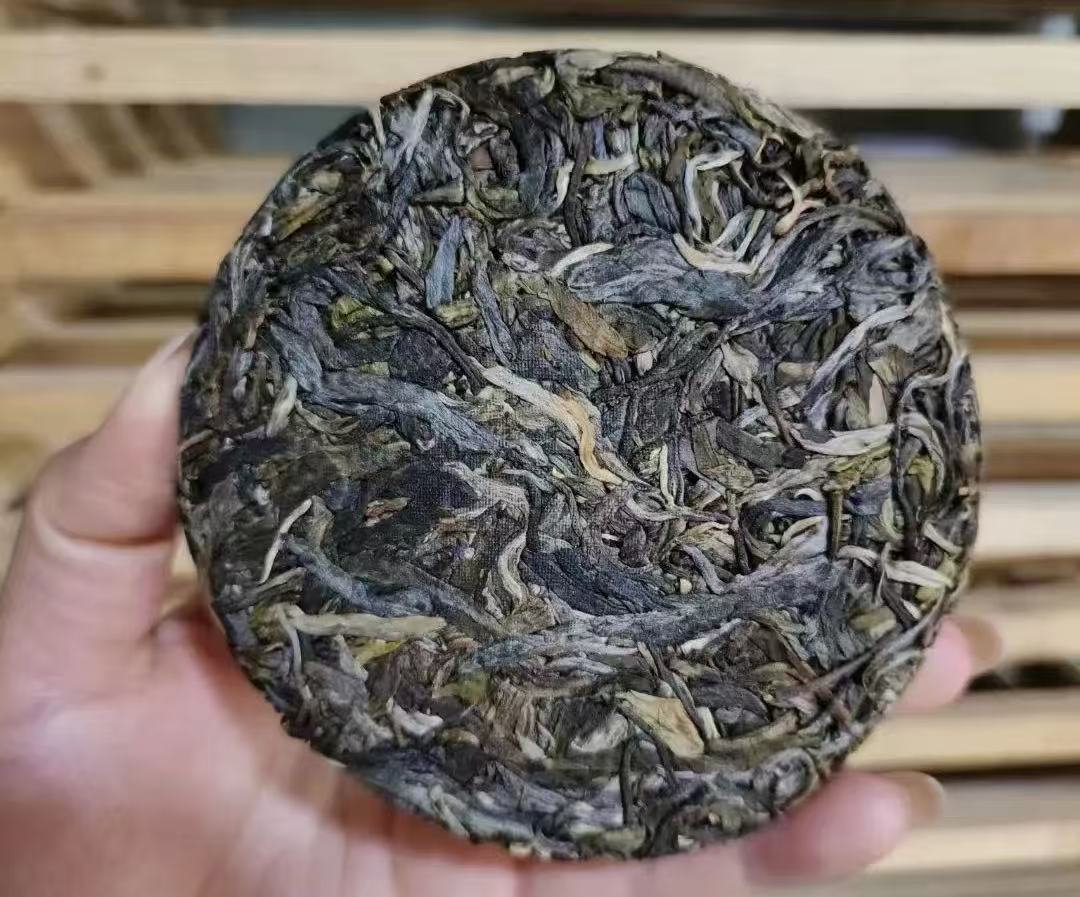
3, the storage of transformation, raw tea without Wo heap fermentation, but after natural aging, can be stored for a long time, in general, the case of good storage environment, storage for more than 20 years is not a problem. And ripe tea after artificial Wadui fermentation, accelerated the transformation of the tea content material, fermentation degree is moderate, if you store about three years of ripe tea, its taste has been considered very stable, stored more than ten years of ripe tea has been very good.
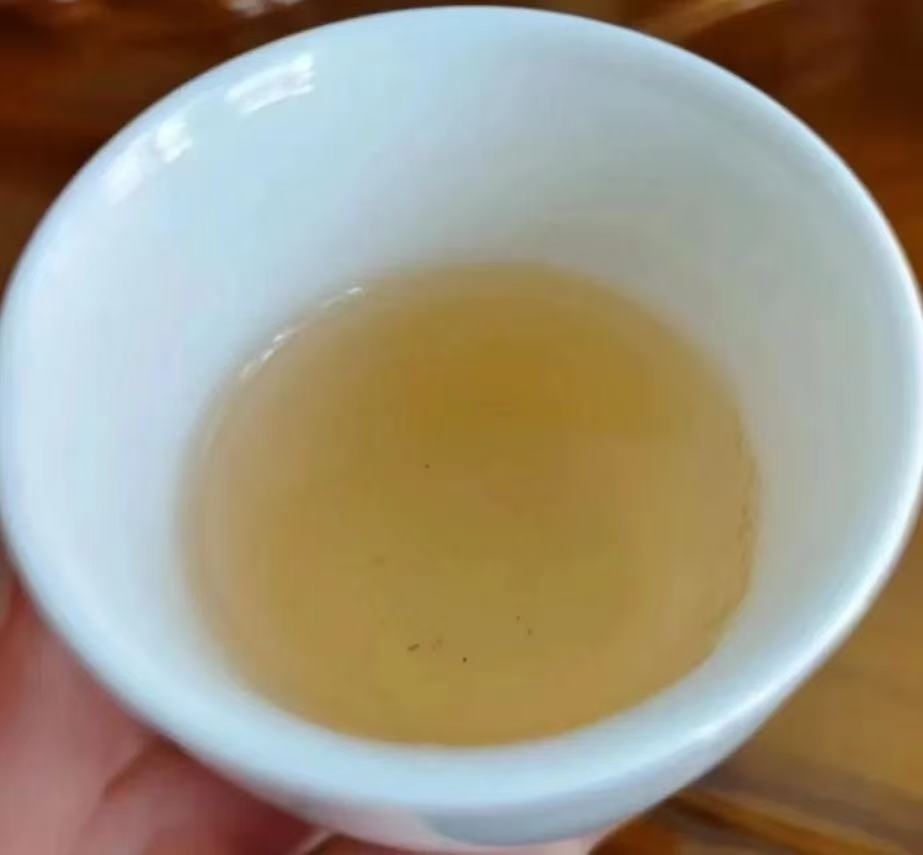
In conclusion, the choice between Puerh raw tea and ripe tea should be guided by individual needs: based on one’s preference for flavor intensity, physical tolerance, and the needs of the drinking scenario (e.g., daily health maintenance, collection and aging, etc.), rather than being caught in an either/or argument.
